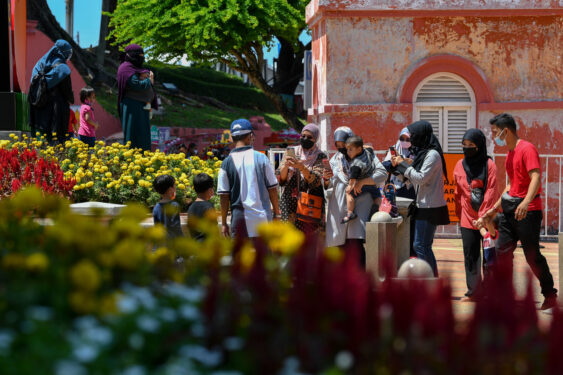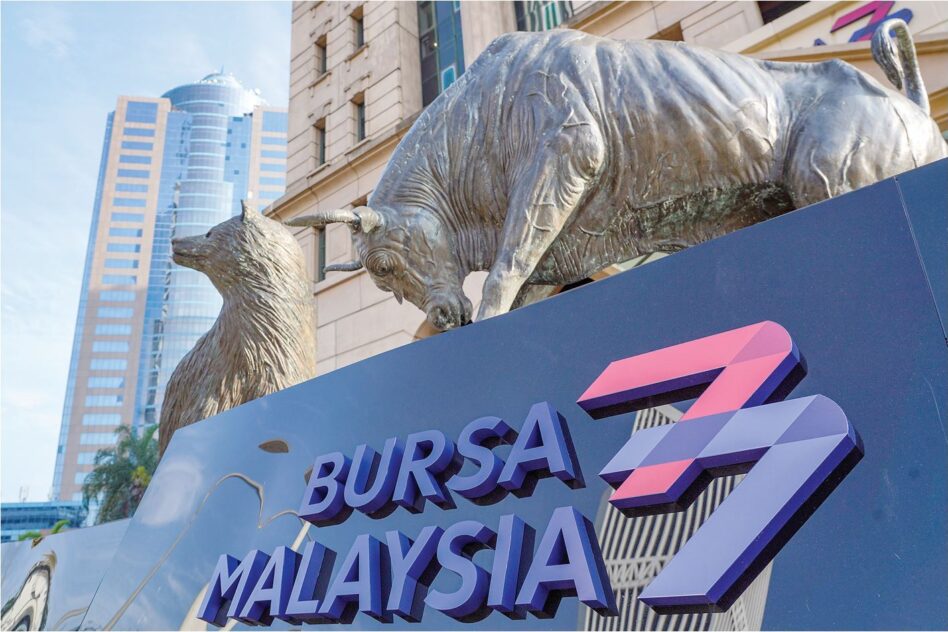WITH governments worldwide have emerged from the Great Lockdown in the wake of the coronavirus pandemic, attention has turned to the pace of economic stabilisation and recovery amid the looming risk of an occurrence of a third wave.
While the global financial markets have a V-shaped recovery at this juncture, turbo-charged by aplenty cheap liquidity and extraordinary monetary stimulus, there remains divided views about the potential shape of recovery – U-shaped, W-shaped, V-shaped or even ‘square root-shaped’.
Though investors and markets have prepared for the worst magnitude of economic output declines in the second quarter due largely to the lockdown, the staggering news of the historic decline of the gross domestic product (GDP) were sharper than expected for major advanced economies.
The US economy shrank at a 32.9% annual rate in Q2 as it grappled with lockdowns, massive layoffs and consumer spending cutbacks and was the deepest decline since the government began keeping records in 1947.
Eurozone GDP also slumped by 12.1% in Q2, its biggest single quarter drop in history as the coronavirus impact salvaged the continent.
In Asia, China’s GDP rebounded to an annual rate of 3.2% in Q2, which was better than expected. Singapore’s economy shrank deeper than expected by 12.6% yoy in the second quarter, as circuit breaker measures to stem the coronavirus pandemic took their heavy toll.
Malaysia, after nearly three months hiatus due to the coronavirus, a full-fledge economic restart has begun in May-June under the conditional movement control order (CMCO) and recovery movement control order (RMCO), which will end on Aug 31.
As we are now in the third quarter of the year, have we seen incipient signs of stabilisation and recovery pointing towards an economic trough in the second quarter?
The third quarter is critical for signs of recovery. If there are still coronavirus resurgences in the third quarter, uncertainty and fear of another lockdown will negatively influence consumer spending and business decisions and hence, causes a protracted deeper economic downturn and push back the recovery beyond a longer period.
The economy, which is slowly on the mend and still hanging on a tight rope, cannot withstand another blow if a resurgent of coronavirus infected cases compels another round of the movement control order (MCO).
The second round of MCO will have a more lasting economic order impact; more businesses insolvencies and massive jobs and income retrenchment. In particular, the hospitality and tourism sectors, which are showing some green shoots on a gradual revival in domestic inbound tourists, will suffer a deep setback.
The more pressing challenge is whether the government has enough financial resources to limit the economic damage from a second round of MCO.
Ultimately, one should envisage a larger budget deficit and more borrowings to counteract the second round of MCO.
Malaysia’s economic recovery tracker shows a mix set of readings. High frequency data and indicators (industrial production, exports, manufacturing sales, retail and wholesale) have declined sharply in April and May, which are in line with our assessment that the worst economic contraction will hit the peak in Q2 2020.
(i) Our recent channel checks indicated that a slow pick-up in business and economic activities post-MCO though 15 million employees (98.8% of total workforce) have returned to workplace.
(ii) Overall manufacturing capacity rate is currently running at 70%-80% and 90%-100% for some high demand industries (gloves, electronics) while wearing apparels remained low at 30%-50%. The shortage of foreign workers in some sectors (plantation, construction and manufacturing) prior to the implosion of Covid-19 pandemic got worsen due to the freezing of foreign workers’ intake for six months. The availability of local workers due to the retrenchment may not match with what the industries’ short of.
(iii) Footfall in major shopping malls have risen steadily to between 70% and 90% though a majority of shoppers are spending on food and beverage while retail sales are up to 40%. About 5-10% retail outlets in some mid-tier malls have closed down (out of business).
(iv) Hotels’ average occupancy rates still low at below 30-40%, albeit has increased from below 20% previously, thanks to a slow revival in domestic inbound tourism. Occupancy rates during the week-ends and holidays were seen higher at 60-70% for some scenic tourist destinations. Allowing interstate travel, a pick-up in inbound tourism and the anticipated removal of cross borders’ restriction via travel bubble among green zones’ countries are expected to help revitalise the hardest hit tourism and hospitality sector, albeit gradually. We expect a firmer revival in 2H 2021, at the earliest.
(v) The resumption of construction activities has been slowed. It is hoped that all construction sites would be fully restored in the months ahead. During the sites’ inspection conducted between June 22 and July 1, about 9%-29% of construction sites have not started operations while 56%-82% have complied with standard operation procedures (SOP).
(vi) Severe hit to the labour market would dent consumer spending. As widely expected, steep decline in activity comes with a catastrophic hit to labour market conditions, especially during the MCO. Unemployment rate, a lagging indicator, has spiked to 5.3% (826,100 persons) in May, the highest since 1990. We expect the jobless rate to rise further to 5.5%-6.5% in the months ahead before stabilising towards end-year.
(vii) The Employment Insurance System (EIS) reported 65,670 employment loss for the period Jan to July 27, with 23% in the manufacturing sector, 16% in accommodation and food and beverages industry and 14% in wholesale and retail services. Professionals, managers, executives and technicians made up 57% of total employment loss while workers’ earning monthly wage below RM3,000 made up 63% of total employment loss (41,048 employees).
A total of 2.7 million employees have received wage subsidy and about 200,000 employees were placed under the Employment Retention Programme (ERP) receiving a six-month wage subsidy on no paid leave. It’s essential to track whether the inevitable increases in wage subsidy and employment retention will see a decline as sectors have reopened because people are returning to work or because they are losing their jobs definitively.
(vii) Exports, which had contracted sharply by 23.8% yoy in April and 25.5% yoy in May, reversed to increase by 8.8% in June, beating market expectations, backed by stronger demand of electronics and electrical products, higher palm oil exports and rubber-based products. The recovery pace of our major trading partners in 2H 2020 would help to lift export growth and support the economy.
(viii) The extension of loan moratorium from “automatic” to targeted flexible loan repayment programs after the expiry of automatic loan moratorium at end-September would facilitate a soft-landing impact on individuals and businesses based on needs and financial position. As of July 20, total loan moratorium amounted to RM59 bil (RM38.3 bil for 7.7 million individuals and RM20.7 bil for 240,000 businesses). – Aug 3, 2020
Lee Heng Guie is the executive director of Socio-Economic Research Centre, an independent research organisation.








